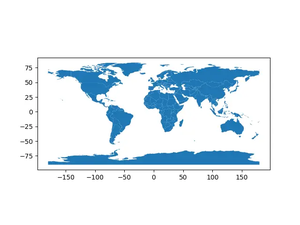Understanding the Problem
When working with the Pandas library in Python, specifically with grouped DataFrame objects, users might encounter an AttributeError stating that the DataFrameGroupBy object has no attribute kurt. This error occurs when attempting to use the kurt method, which calculates the kurtosis of the grouped data, directly on a grouped DataFrame object. This guide aims to explain the reason behind this error and provide various solutions to overcome it.
Why the Error Occurs
The AttributeError is raised because the kurt method isn’t directly available on the DataFrameGroupBy objects. Pandas does not directly compute statistical measures such as kurtosis on grouped data without specifying how to apply these computations across the groups.
Let’s Get Through It
Solution 1: Use apply Method
A straightforward solution is to use the apply method to apply the kurt function on each group individually.
- Group your DataFrame by the desired column(s).
- Use the
applymethod withkurtas the argument.
Example:
import pandas as pd
df = pd.DataFrame({
'A': ['foo', 'bar', 'foo', 'bar'],
'B': [1, 2, 3, 4],
'C': [2, 3, 4, 5]
})
g = df.groupby('A')
result = g.apply(lambda x: x.kurt())
print(result)
Notes: The apply method is flexible and allows for custom functions, but might not be the most efficient solution for large datasets due to potential overhead.
Solution 2: Use Aggregate Functions
Another approach is to use the agg or aggregate function to specify multiple operations, including kurtosis, to be applied on the grouped data.
- Group your DataFrame.
- Use the
aggfunction, passing a dictionary that maps columns to operations, includingkurt.
Example:
df.groupby('A').agg({'B': 'sum', 'C': pd.Series.kurt})
Notes: This method provides a way to consolidate multiple statistical operations in one step, improving readability and potential performance benefits. However, the specific kurt method might need to be adjusted or implemented if not directly available through this approach.
Conclusion
The AttributeError encountered when attempting to compute kurtosis on a DataFrameGroupBy object can be resolved by using the provided solutions. Understanding how to apply custom functions or aggregate operations on grouped data is crucial for effective data analysis with Pandas. Consider the efficiency and scalability of your chosen solution, especially when working with large datasets.
